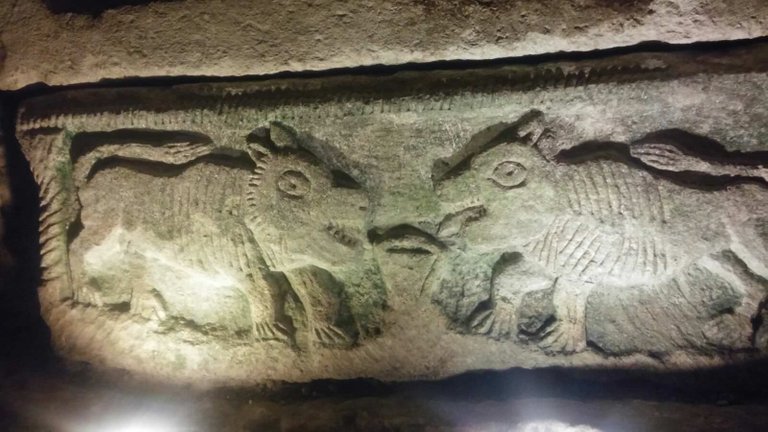
Last Saturday we went on a family trip to one of the most interesting heritage sites in the Lower Galilee region, including a visit to ancient burial caves, the art of the ancient world and many green fields in the background.
Beit She'arim was a Jewish settlement in the Lower Galilee that was inhabited between the 2nd and 4th centuries CE. There was an important study hall under the leadership of Rabbi Yehuda HaNasi. On July 5, 2015, the site was declared a World Heritage Site by UNESCO.
Beit Shearim was first established in the 9th century BCE and was part of a chain of settlements of the Hasmonean house. The peak of the settlement's prosperity was in the 2nd century CE when Rabbi Yehuda Hanassi settled there and made you the main center for the study of Torah and the seat of the Sanhedrin - the Supreme Court of the Jewish People.
Beneath the settlement, at the bottom of the hills, Necropolis is an ancient cemetery. Burial caves were dug in the lower hills where the bodies of the dead were placed in coffins called sarcophagi. After his death, Rabbi Yehuda HaNasi was buried in a burial cave, which he had prepared years before with the death of his daughter.
Beit Shearim was destroyed, according to estimates, in the 4th century AD, in the Gallus revolt. A treasure of burnt coins provides the clue to the date of the city's destruction.
Decoration on sarcophagus
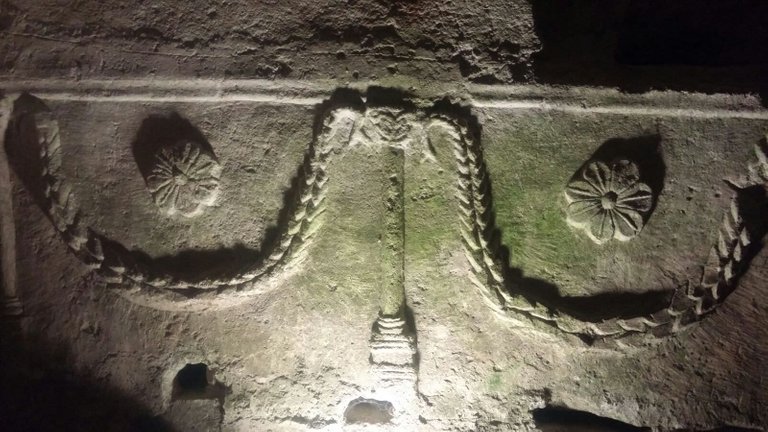
The burial caves at the site
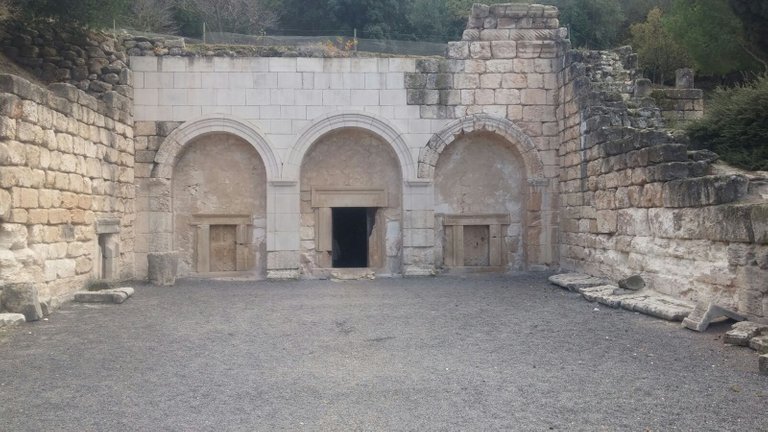
At the main burial site there are 15 caves, some of which are open to visitors.
The Cave of Rabbi Yehuda HaNasi - This cave has a magnificent entrance façade with three arched entrances. Her presumed identification as the burial cave of Rabbi Yehuda Hanassi was made possible by the inscriptions found in it.
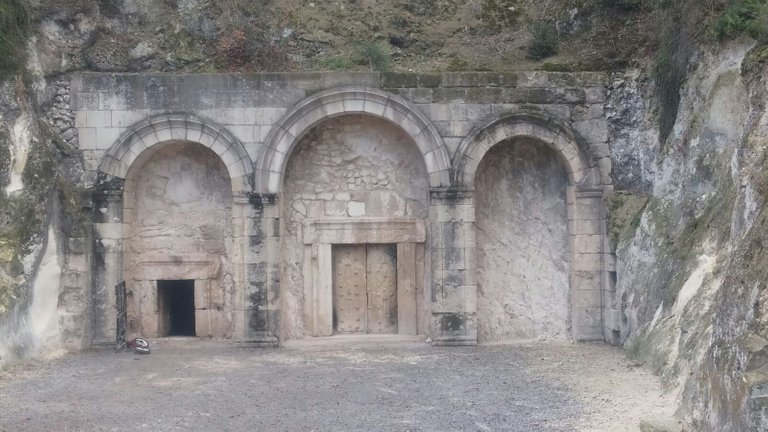
The Sarcophagus Cave - The cave is one of the largest and most magnificent burial complexes in Beit Shearim, and includes many branches and burial chambers. Its length and width are 75 meters. In all the halls together there were 125 sarcophagi, 35 of which were decorated.

The museum cave - this cave served as a water reservoir and was later converted into a glass factory. There was a huge glass block that was probably left there because its creators were not satisfied with the quality of the glass.
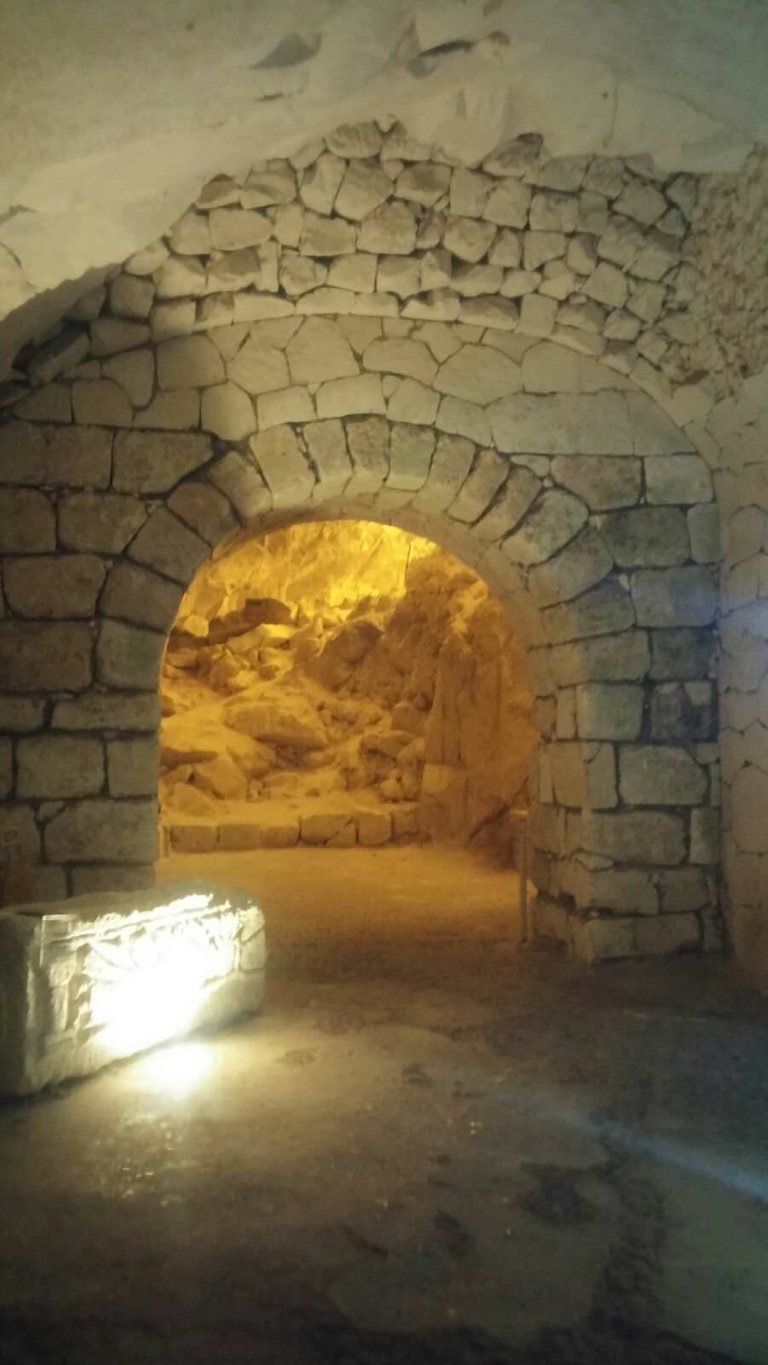
In the ancient world, the dead were buried with their possessions, so burial caves were a source of attraction for treasure hunters, which is why many burial caves were found prostituted and holes can be seen in many of the coffins.
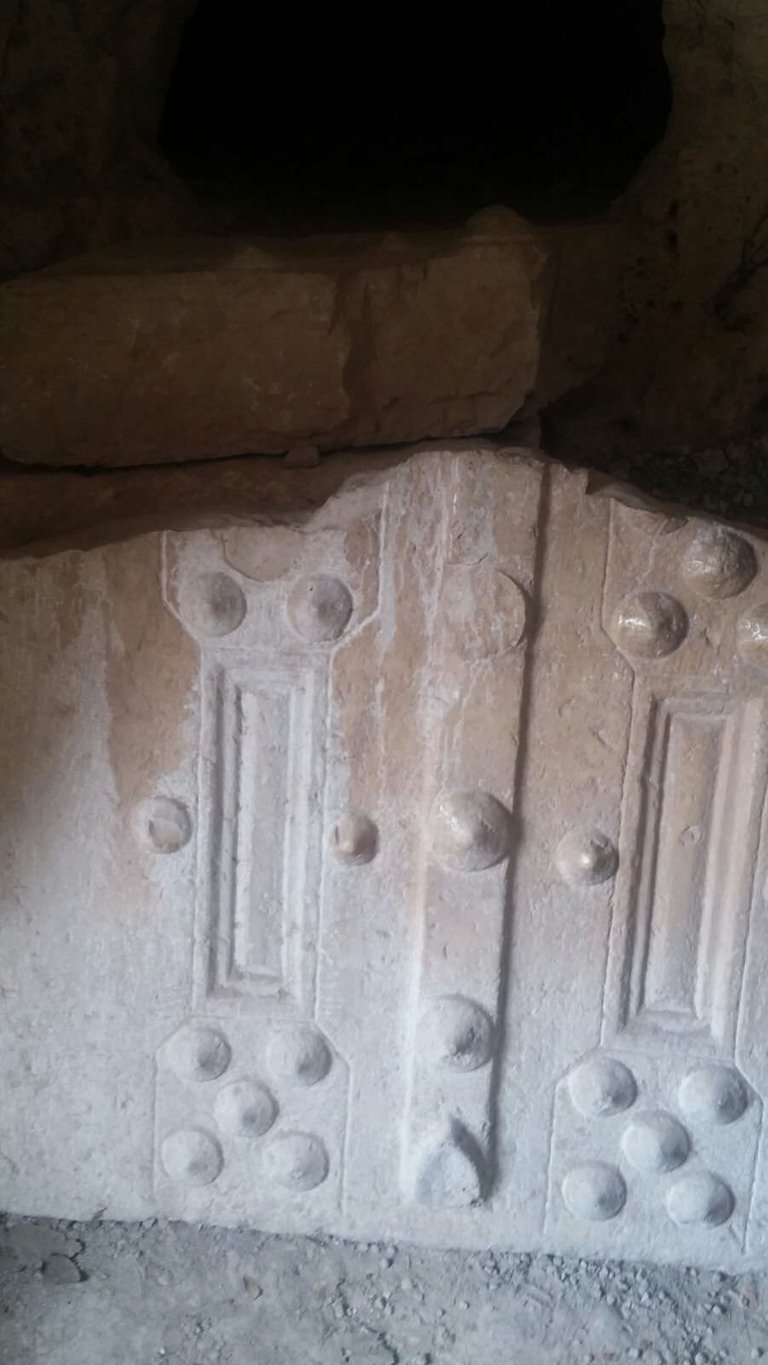
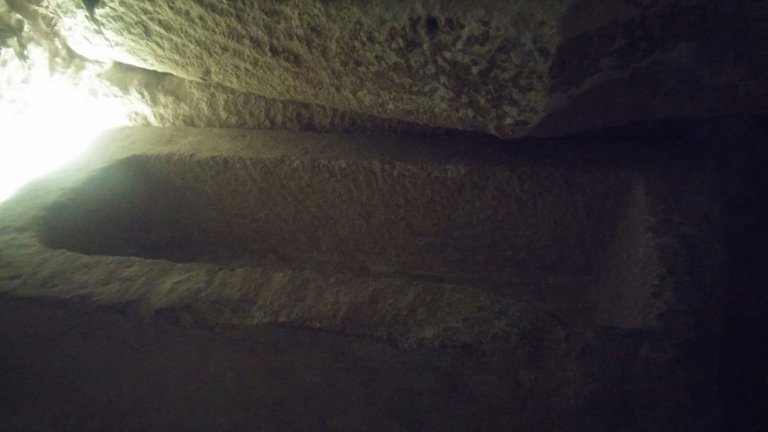
Beit Shearim is an accessible and enjoyable national park. The visit is fascinating and suitable for all ages. Adults will learn from it and experience some of the life of the ancient world, children will run around in the mysterious caves.
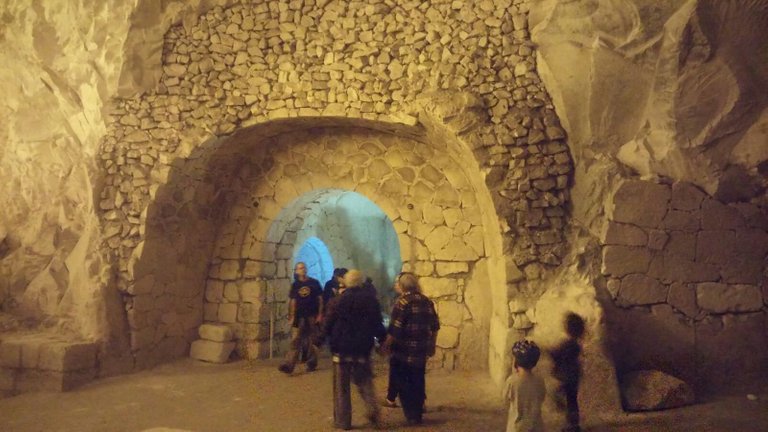
זה יותר מרשים במציאות, התמונות די דלות. עדאי לקפוץ לשם פעם אפשר אפילו לעצור בדרך לצפון.
@originalworks